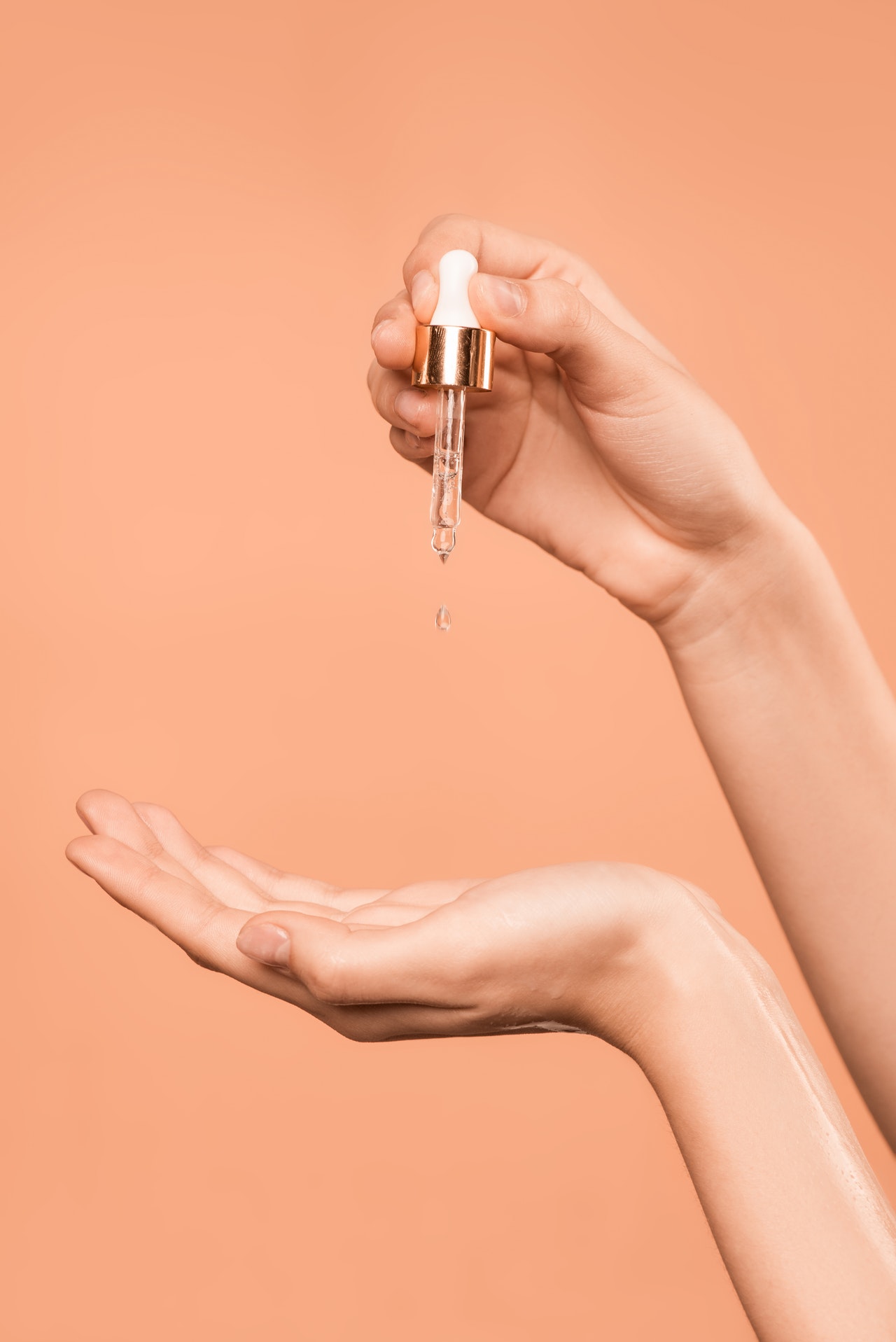
Both treatments 1 and 3 affected the SAI and SRI.
Boil warm compress skin#
There was no skin temperature change in treatment 3. The skin temperature rise was around 2.5 degrees C in treatment 2. Treatment 1 gave a 3.5 degrees C skin temperature rise within 3 minutes. Corneal parameters, including SimK, best-fit sphere (BFS), surface asymmetry index (SAI), and surface regularity index (SRI), were measured by a corneal topographer before and after the treatment. Eyelid temperature was measured using an infrared thermometer before and every 1 minute during the treatment. Each treatment protocol lasted for 5 minutes. Twenty-five young adult Chinese were recruited, and 1 eye was randomly selected to undergo the following treatment protocols in a random order: hot hard-boiled egg covered with wet cloth gently touching the eyelid hot hard-boiled egg covered with wet cloth placed close to, but not touching, the eyelid and cold egg covered with wet cloth gently touching the eyelid. This study investigated the effect of warm compress therapy on the corneal shape by using hard-boiled eggs as the heat source. However, if the pain or swelling worsens after several days, another boil or stye appears, or you develop a fever or vision problems with the infection, see a board-certified dermatologist.Hard-boiled eggs can be used for warm compresses, but the pressing force may distort the corneal shape. Most boils and styes heal on their own within one to three weeks. If your boil bursts, cover it with a sterile bandage or gauze to prevent infection while it heals. If you have a stye, avoid wearing eye makeup or contact lenses until the stye heals. Always keep the area clean, and avoid touching or rubbing the boil or stye. Make sure you read the directions on the packaging for the correct dose.

If your boil or stye is painful, consider taking ibuprofen or acetaminophen to help reduce the pain. Never squeeze or pierce a boil or stye yourself, as this can spread the infection.Ĭonsider taking ibuprofen. Do this three to four times daily until the boil or stye releases pus and heals. Hold the compress to the affected area for 10 to 15 minutes. Be careful not to use water that is too hot, especially on children.Īpply the warm compress. To make a warm compress, soak a clean washcloth in hot water. Applying heat in the form of a warm compress is the best way to treat boils and styes yourself. To treat a boil or stye at home, dermatologists recommend the following tips: To treat a boil or stye at home, dermatologists recommend following these tips. A boil that occurs on the eyelid is called a stye. This causes a red, painful lump to form as pus collects under the skin. Only a board-certified dermatologist has these credentials.īoils are pus-filled skin infections that occur around a hair follicle or oil gland. When it comes to treating the skin, plenty of people say they have expertise. Why choose a board-certified dermatologist? You can search by location, condition, and procedure to find the dermatologist that’s right for you. Dermatologist-approved lesson plans, activities you can useįree to everyone, these materials teach young people about common skin conditions, which can prevent misunderstanding and bullying. Public health programsĪ chronic skin condition can make attending summer camp unrealistic for some children. It can smooth out deep wrinkles and lines, but the results aren’t permanent. If you want to diminish a noticeable scar, know these 10 things before having laser treatment. You can expect permanent results in all but one area. If you have what feels like razor bumps or acne on the back of your neck or scalp, you may have acne keloidalis nuchae. Darker Skin Tonesįind out why dark spots appear and what can fade them. Sunscreen FAQsįind science-backed answers to common questions.
Boil warm compress how to#
These dermatologists' tips tell you how to protect your skin. Everyday careĮveryone's at risk for skin cancer.


Hair loss is often treatableĪugust is Hair Loss Awareness Month, which is the perfect time to discover how dermatologists help people with hair loss. A board-certified dermatologist explains what the rash looks like and when to seek medical care. Monkeypox is a contagious disease that causes a rash. Hairstyles that pull can cause hair lossįeatured Monkeypox: What you need to know.Central centrifugal cicatricial alopecia.Why choose a board-certified dermatologist?ĭermatologists team up to improve patient care

Diseases & conditions Everyday care Darker Skin Tones Cosmetic treatments Public health programs Find a dermatologist Go to AAD Home


 0 kommentar(er)
0 kommentar(er)
